"When people listen to a piece of music they have never heard before, activity in one brain region..."
"When people listen to a piece of music they have never heard before, activity in one brain region can reliably and consistently predict whether they will like or buy it, this is the nucleus accumbens which is involved in forming expectations that may be rewarding. What makes music so emotionally powerful is the creation of expectations. Activity in the nucleus accumbens is an indicator that expectations were met or surpassed, and in our study we found that the more activity we see in this brain area while people are listening to music, the more money they are willing to spend.
The second important finding is that the nucleus accumbens doesn't work alone, but interacts with the auditory cortex, an area of the brain that stores information about the sounds and music we have been exposed to. The more a given piece was rewarding, the greater the cross-talk between these regions. Similar interactions were also seen between the nucleus accumbens and other brain areas, involved in high-level sequencing, complex pattern recognition and areas involved in assigning emotional and reward value to stimuli. In other words, the brain assigns value to music through the interaction of ancient dopaminergic reward circuitry, involved in reinforcing behaviours that are absolutely necessary for our survival such as eating and sex, with some of the most evolved regions of the brain, involved in advanced cognitive processes that are unique to humans.
"This is interesting because music consists of a series of sounds that when considered alone have no inherent value, but when arranged together through patterns over time can act as a reward, says Dr. Robert Zatorre, researcher at The Neuro and co-director of the International Laboratory for Brain, Music and Sound Research. "The integrated activity of brain circuits involved in pattern recognition, prediction, and emotion allow us to experience music as an aesthetic or intellectual reward."
"The brain activity in each participant was the same when they were listening to music that they ended up purchasing, although the pieces they chose to buy were all different," adds Dr. Salimpoor. "These results help us to see why people like different music — each person has their own uniquely shaped auditory cortex, which is formed based on all the sounds and music heard throughout our lives. Also, the sound templates we store are likely to have previous emotional associations."
"- What happens in the brain to make music rewarding? (via myserendipities)
stopkillingourworld: Jim Hansen, 72, retiring from NASA this...

Jim Hansen, 72, retiring from NASA this week. Photo: NASA scientist James Hansen being arrested at a demonstration outside the White House in 2011. Photograph: Ben Powless/tarsandsaction
He has worked for the federal government for 46 years but, ""As a government employee, you can't testify against the government," he said in an interview."
At 72, he said, he feels a moral obligation to step up his activism in his remaining years.
"If we burn even a substantial fraction of the fossil fuels, we guarantee there's going to be unstoppable changes" in the climate of the earth, he said. "We're going to leave a situation for young people and future generations that they may have no way to deal with."
JIM!!! Godspeed to you and do you need anyone for your team?!!
Wissenschaft und Deutsch: Science blog list!
Wissenschaft und Deutsch: Science blog list!:
- Highly recommended:
a. http://natureofnature.tumblr.com
b. http://circulatorylife.tumblr.com
c. http://thesciencellama.tumblr.com
d. http://allarehuman.tumblr.com
e. http://astronomy-to-zoology.tumblr.com
d. http://sonofahitch.tumblr.com
e. …
neuromorphogenesis: Strange Sleep Disorder Makes People See...
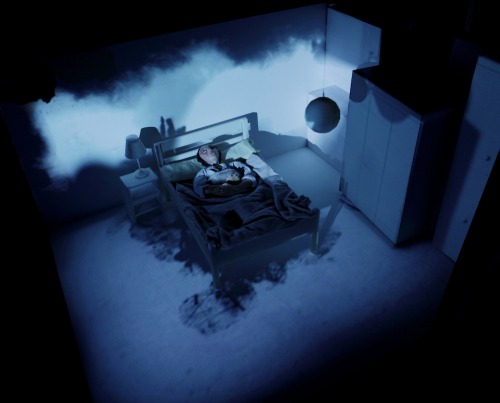
Strange Sleep Disorder Makes People See 'Demons'
When filmmaker Carla MacKinnon started waking up several times a week unable to move, with the sense that a disturbing presence was in the room with her, she didn't call up her local ghost hunter. She got researching.
Now, that research is becoming a short film and multiplatform art project exploring the strange and spooky phenomenon of sleep paralysis. The film, supported by the Wellcome Trust and set to screen at the Royal College of Arts in London, will debut in May.
Sleep paralysis happens when people become conscious while their muscles remain in the ultra-relaxed state that prevents them from acting out their dreams. The experience can be quite terrifying, with many people hallucinating a malevolent presence nearby, or even an attacker suffocating them. Surveys put the number of sleep paralysis sufferers between about 5 percent and 60 percent of the population.
"I was getting quite a lot of sleep paralysis over the summer, quite frequently, and I became quite interested in what was happening, what medically or scientifically, it was all about," MacKinnon said.
Her questions led her to talk with psychologists and scientists, as well as to people who experience the phenomenon. Myths and legends about sleep paralysis persist all over the globe, from the incubus and succubus (male and female demons, respectively) of European tales to a pink dolphin-turned-nighttime seducer in Brazil. Some of the stories MacKinnon uncovered reveal why these myths are so chilling.
Sleep stories
One man told her about his frequent sleep paralysis episodes, during which he'd experience extremely realistic hallucinations of a young child, skipping around the bed and singing nursery rhymes. Sometimes, the child would sit on his pillow and talk to him. One night, the tot asked the man a personal question. When he refused to answer, the child transformed into a "horrendous demon," MacKinnon said.
For another man, who had the sleep disorder narcolepsy (which can make sleep paralysis more common), his dream world clashed with the real world in a horrifying way. His sleep paralysis episodes typically included hallucinations that someone else was in his house or his room — he'd hear voices or banging around. One night, he awoke in a paralyzed state and saw a figure in his room as usual.
"He suddenly realizes something is different," MacKinnon said. "He suddenly realizes that he is in sleep paralysis, and his eyes are open, but the person who is in the room is in his room in real life."
The figure was no dream demon, but an actual burglar.
Myths and science of sleep paralysis
Sleep paralysis experiences are almost certainly behind the myths of the incubus and succubus, demons thought have sex with unsuspecting humans in their sleep. In many cases, MacKinnon said, the science of sleep paralysis explains these myths. The feeling of suffocating or someone pushing down on the chest that often occurs during sleep paralysis may be a result of the automatic breathing pattern people fall into during sleep. When they become conscious while still in this breathing pattern, people may try to bring their breathing under voluntary control, leading to the feeling of suffocating.
Add to that the hallucinations that seem to seep in from the dream world, and it's no surprise that interpretations lend themselves to demons, ghosts or even alien abduction, MacKinnon said.
What's more, MacKinnon said, sleep paralysis is more likely when your sleep is disrupted in some way — perhaps because you've been traveling, you're too hot or too cold, or you're sleeping in an unfamiliar or spooky place. Those tendencies may make it more likely that a person will experience sleep paralysis when already vulnerable to thoughts of ghosts and ghouls.
"It's interesting seeing how these scientific narratives and the more psychoanalytical or psychological narratives can support each other rather than conflict," MacKinnon said.
Since working on the project, MacKinnon has been able to bring her own sleep paralysis episodes under control — or at least learned to calm herself during them. The trick, she said, is to use episodes like a form of research, by paying attention to details like how her hands feel and what position she's in. This sort of mindfulness tends to make scary hallucinations blink away, she said.
"Rationalizing it is incredibly counterintuitive," she said. "It took me a really long time to stop believing that it was real, because it feels so incredibly real."
ikenbot: 8 Baffling Astronomy Mysteries We've seen a lot of...
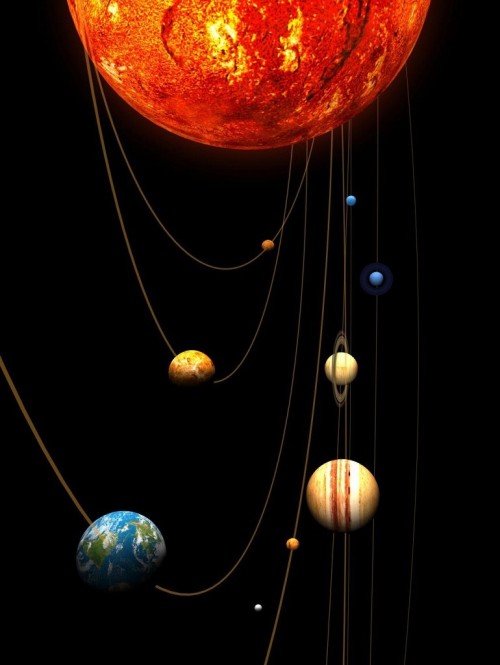
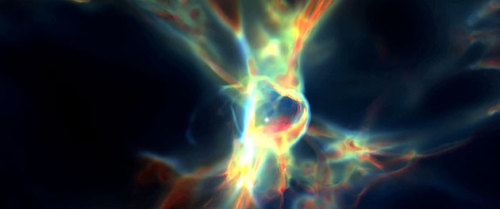
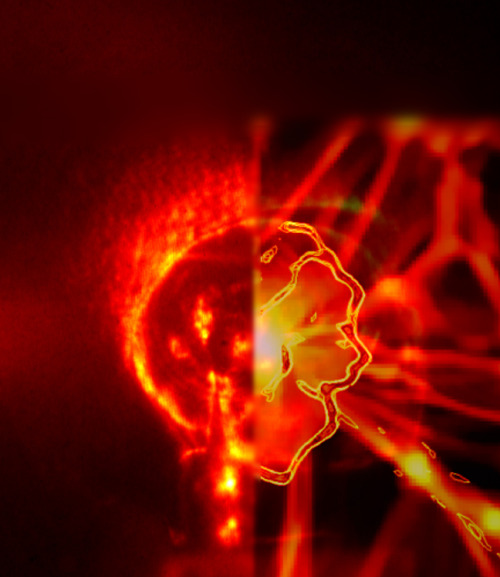

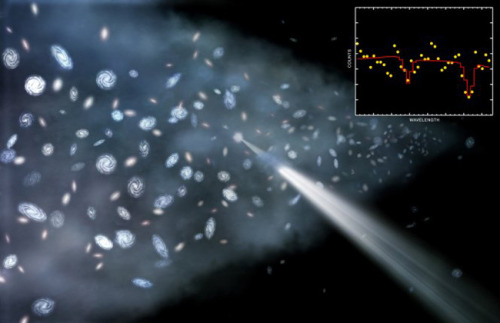
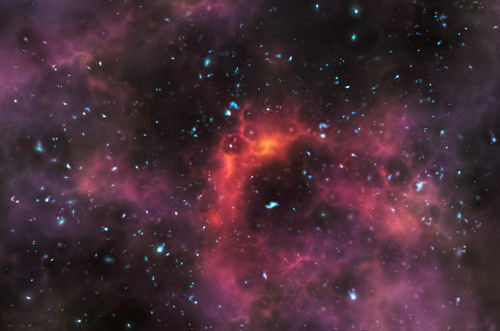
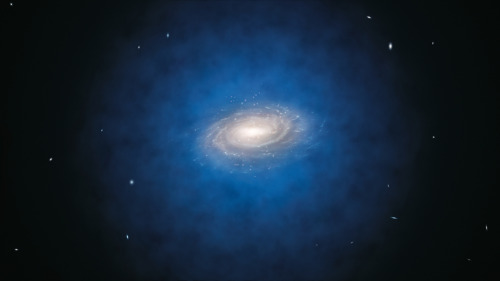
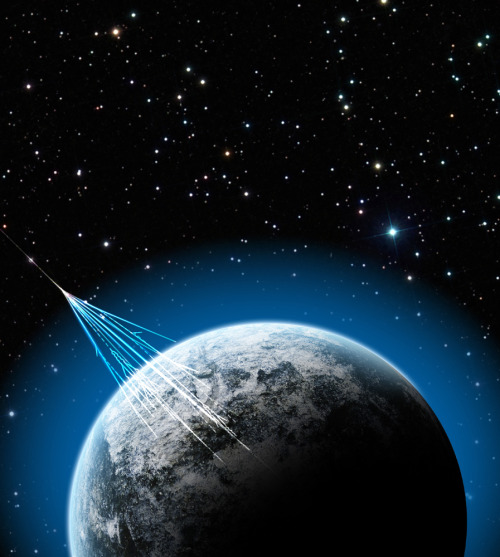

8 Baffling Astronomy Mysteries
We've seen a lot of information explaining the wonders of astronomy and space, but what of the mysteries? The realm scientists have yet to fully understand. SPACE has this awesome article getting into a few, 8 in total, of those very areas in the study of the stars that continue to baffle scientists:
The universe has been around for roughly 13.7 billion years, but it still holds many mysteries that continue to perplex astronomers to this day. Ranging from dark energy to cosmic rays to the uniqueness of our own solar system, there is no shortage of cosmic oddities.
The journal Science summarized some of the most bewildering questions being asked by leading astronomers today. In no particular order, here are eight of the most enduring mysteries in astronomy:
8 What is Dark Energy?
Dark energy is thought to be the enigmatic force that is pulling the cosmos apart at ever-increasing speeds, and is used by astronomers to explain the universe's accelerated expansion.
This elusive force has yet to be directly detected, but dark energy is thought to make up roughly 73 percent of the universe.
7 How Hot is Dark Matter?
Dark matter is an invisible mass that is thought to make up about 23 percent of the universe. Dark matter has mass but cannot be seen, so scientists infer its presence based on the gravitational pull it exerts on regular matter.
Researchers remain curious about the properties of dark matter, such as whether it is icy cold as many theories predict, or if it is warmer.
6 Where are the Missing Baryons?
Dark energy and dark matter combine to occupy approximately 95 percent of the universe, with regular matter making up the remaining 5 percent. But, researchers have been puzzled to find that more than half of this regular matter is missing.
This missing matter is called baryonic matter, and it is composed of particles such as protons and electrons that make up majority of the mass of the universe's visible matter.
Some astrophysicists suspect that missing baryonic matter may be found between galaxies, in material known as warm-hot intergalactic medium, but the universe's missing baryons remain a hotly debated topic.
5 How do Stars Explode?
When massive stars run out of fuel, they end their lives in gigantic explosions called supernovas. These spectacular blasts are so bright they can briefly outshine entire galaxies.
Extensive research and modern technologies have illuminated many details about supernovas, but how these massive explosions occur is still a mystery.
Scientists are keen to understand the mechanics of these stellar blasts, including what happens inside a star before it ignites as a supernova.
4 What Re-ionized the Universe?
The broadly accepted Big Bang model for the origin of the universe states that the cosmos began as a hot, dense point approximately 13.7 billion years ago.
The early universe is thought to have been a dynamic place, and about 13 billion years ago, it underwent a so-called age of re-ionization. During this period, the universe's fog of hydrogen gas was clearing and becoming translucent to ultraviolet light for the first time.
Scientists have long been puzzled over what caused this re-ionization to occur.
3 What's the Source of the Most Energetic Cosmic Rays?
Cosmic rays are highly energetic particles that flow into our solar system from deep in outer space, but the actual origin of these charged subatomic particles has perplexed astronomers for about a century.
The most energetic cosmic rays are extraordinarily strong, with energies up to 100 million times greater than particles that have been produced in manmade colliders. Over the years, astronomers have attempted to explain where cosmic rays originate before flowing into the solar system, but their source has proven to be an enduring astronomical mystery.
2 Why is the Solar System so Bizarre?
As alien planets around other stars are discovered, astronomers have tried to tackle and understand how our own solar system came to be.
The differences in the planets within our solar system have no easy explanation, and scientists are studying how planets are formed in hopes of better grasping the unique characteristics of our solar system.
This research could, in fact, get a boost from the hung for alien worlds, some astronomers have said, particularly if patterns arise in their observations of extrasolar planetary systems.
1 Why is the Sun's Corona so Hot?
The sun's corona is its ultra-hot outer atmosphere, where temperatures can reach up to a staggering 10.8 million degrees Fahrenheit (6 million degrees Celsius).
Solar physicists have been puzzled by how the sun reheats its corona, but research points to a link between energy beneath the visible surface, and processes in the sun's magnetic field. But, the detailed mechanics behind coronal heating are still unknown.
Photo
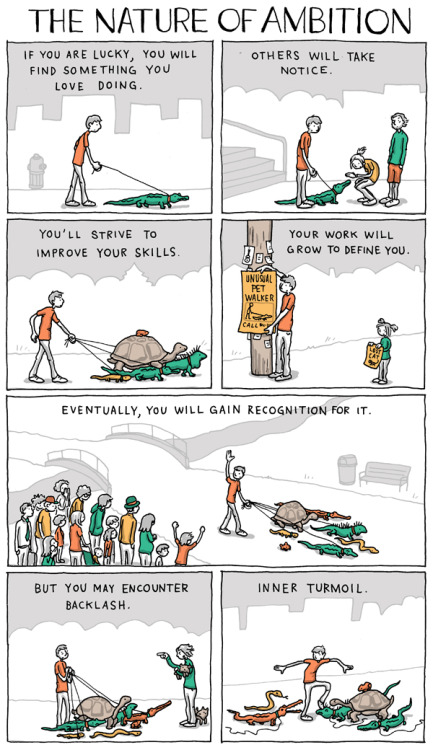
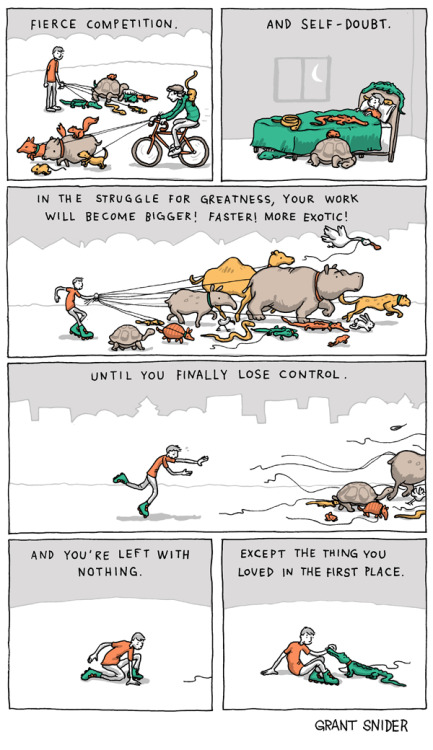
mythologyofblue: In his retirement, walking the streets of Bordeaux, Montaigne wore a pewter...
In his retirement, walking the streets of Bordeaux, Montaigne wore a pewter medallion inscribed with the words Que sais-je? ("What do I know?") — thereby forming and backforming a tradition: Lucretius to La Rochefoucauld to Cioran.
-David Shields, Reality Hunger: A Manifesto
""Poetry might be defined as the clear expression of mixed feelings." ― W.H. Auden, New Year Letter"
""Poetry might be defined as the clear expression of mixed feelings."
― W.H. Auden, New Year Letter
"- Happy Birthday W.H. Auden! (via semperaugustus)
Untitled: I am an all-religion
Untitled: I am an all-religion :"Christian, Jew, Muslim, shaman, Zoroastrian, stone, ground, mountain, river, each has a secret way of being with the mystery, unique and not to be judged"
― RumiRecently I came across with an article about religion, nonreligion and where people stand based on their faith, believes or…
odditiesoflife: Cueva de los Cristales or Cave of Crystals The...
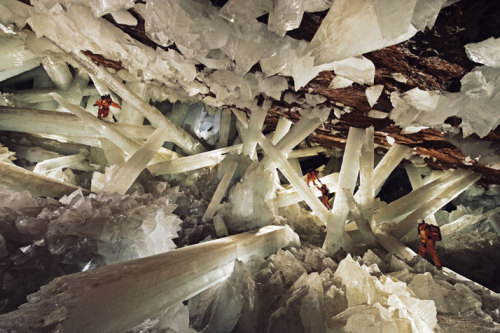
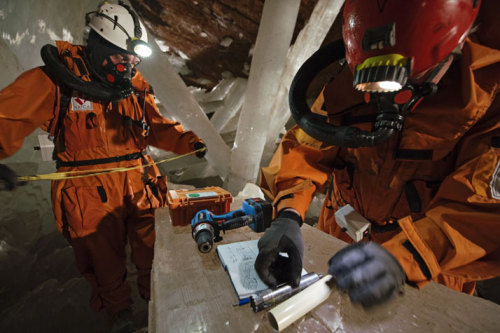
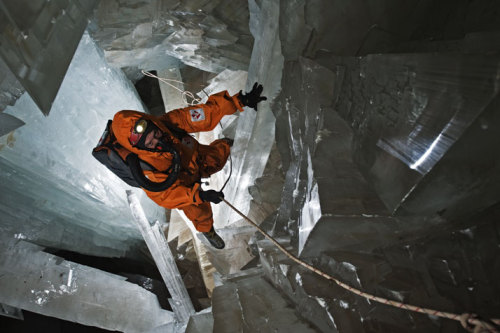
Cueva de los Cristales or Cave of Crystals
The limestone cavern and its glittering beams were discovered in 2000 by a pair of brothers drilling nearly a thousand feet below ground in the Naica mine, one of Mexico's most productive, yielding tons of lead and silver each year. The brothers were astonished by their find, but it was not without precedent. The geologic processes that create lead and silver also provide raw materials for crystals, and at Naica, miners had hammered into chambers of impressive, though much smaller, crystals before. But as news spread of the massive crystals' discovery, the question confronting scientists became: How did they grow so big?
"Memory is not an instrument for surveying the past but its theater. It is the medium of past..."
""Memory is not an instrument for surveying the past but its theater. It is the medium of past experience, just as the earth is the medium in which dead cities lie buried. He who seeks to approach his own buried past must conduct himself like a man digging."― Walter Benjamin, Berlin Childhood around 1900"
- (via journalofanobody)
mythologyofblue: "We work in the dark—we do what we can—we give...
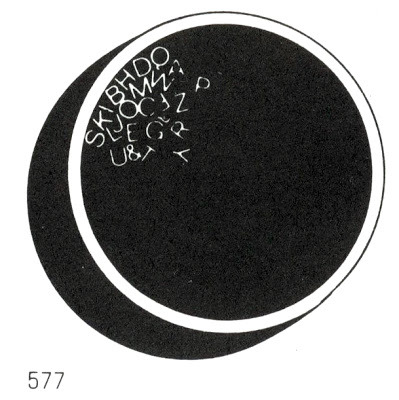
"We work in the dark—we do what we can—we give what we have. Our doubt is our passion and our passion is our task. The rest is the madness of art."
-Henry James
mythologyofblue: "The blue was more distant than the...

"The blue was more distant than the sky."
-Marguerite Duras, The Lover
[quote via]
横須賀 愛: CHRISTOPHER DORNER.
横須賀 愛: CHRISTOPHER DORNER.:To anyone who says Christopher Dorner is a "hero" or "patriot"-what the fuck.
He is a murderer. There are other ways of exposing corruption, not killing someones daughter and their fiance, not killing other random officers, not by killing civilians.
The people who support him all say they hate…
Your Anon News: Here's an UNCENSORED copy of the rogue LAPD officers manifesto
Your Anon News: Here's an UNCENSORED copy of the rogue LAPD officers manifesto:From: Christopher Jordan Dorner /7648To: AmericaSubj: Last resortRegarding CF# 07-004281Christopher Dorner w/ Chief William Bratton
I know most of you who personally know me are in disbelief to hear from media reports that I am suspected of committing such horrendous…
this is wild.
odditiesoflife: Strange Vintage Illustration



Strange Vintage Illustration
"The universe is made of stories, not atoms."
"The universe is made of stories, not atoms."- Muriel Rukeyser (via mythologyofblue)
mythologyofblue: Peter Apianus, Cosmographicus liber (1524)

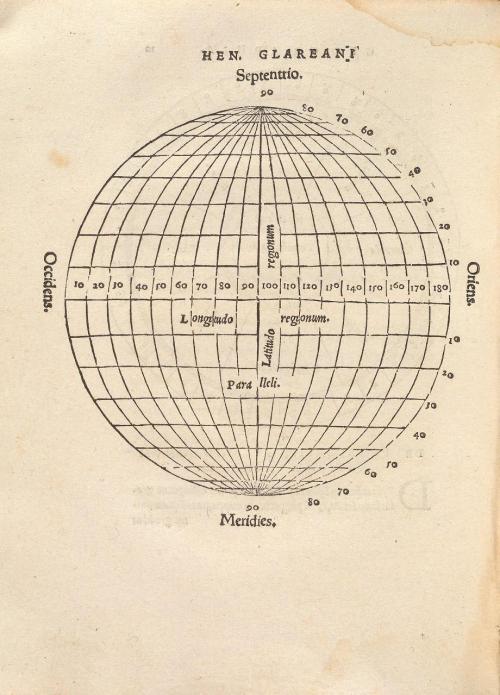
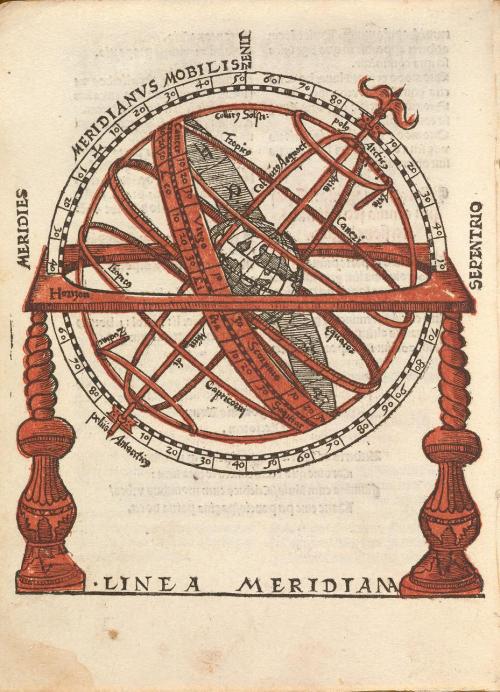
Peter Apianus, Cosmographicus liber (1524)
"O Autumn, laden with fruit, and stainèd With the blood of the grape, pass not, but sit Beneath my..."
"O Autumn, laden with fruit, and stainèdWith the blood of the grape, pass not, but sit
Beneath my shady roof; there thou may'st rest,
And tune thy jolly voice to my fresh pipe,
And all the daughters of the year shall dance!"
-
William Blake
from to Autumn
(via willowglade)
"A thing of beauty is a joy for ever: Its loveliness increases; it will never Pass into nothingness;..."
"A thing of beauty is a joy for ever:Its loveliness increases; it will never
Pass into nothingness; but still will keep
A bower quiet for us, and a sleep
Full of sweet dreams, and health, and quiet breathing."
-
John Keats
from Endymion, Book 1
(via willowglade)















No comments:
Post a Comment